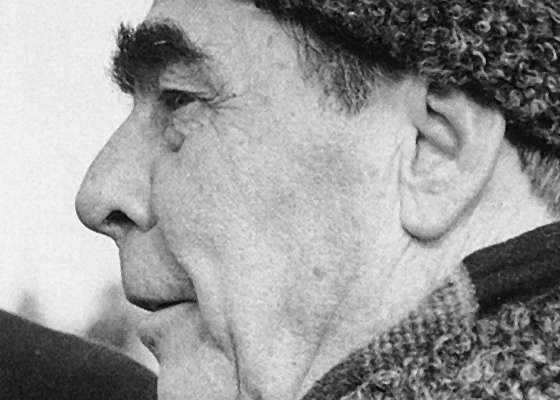The Prague Spring designates a short period of liberalization of Czechoslovakia. Between January and August 1968, the new president tried to reform the country by establishing socialism with a human face. Considered a threat by the USSR, the Prague Spring ended after the invasion of Czechoslovakia by the allied armies in the name of the Warsaw Pact.
You will also be interested
The Prague Spring, or the rise of Czechoslovak society
The Prague Spring begins on January 5, 1968. Alexander Dubček is elected President of the Czechoslovak Socialist Republic. Very quickly, he distances himself from Moscow and installs another vision of communism. Democratization of political parties, economic liberalisation, administrative decentralization: Czechoslovak society is in the throes of change. Especially since the individual rights are also evolving. With Alexander Dubček, the Czechoslovaks gain freedom. The press and speech are no longer subject to the Soviet yoke. People are free to move.
The end of the Prague Spring
Faced with this democratic enthusiasm, the soviet bloc will organize to put an end to the Prague Spring. This new idea of socialism with a human face is not to the liking of Leonid Brezhnev, the General Secretary of the Communist Party of the Soviet Union. He develops the Brezhnev doctrine which limits theautonomy of the Soviet states. The armies of the Warsaw Pact, made up of the USSR, Poland, Bulgaria, Hungary and the GDR, burst into Czechoslovakia on the night of August 20 to 21, 1968. Prague was quickly taken, signing the end of the Prague Spring.
To know
After the Prague Spring in 1969, three men set themselves on fire in Czechoslovakia to protest against the end of freedom of expression. In March, then in August, a year after the invasion, demonstrations took place to denounce the reversal of their country.
Interested in what you just read?
